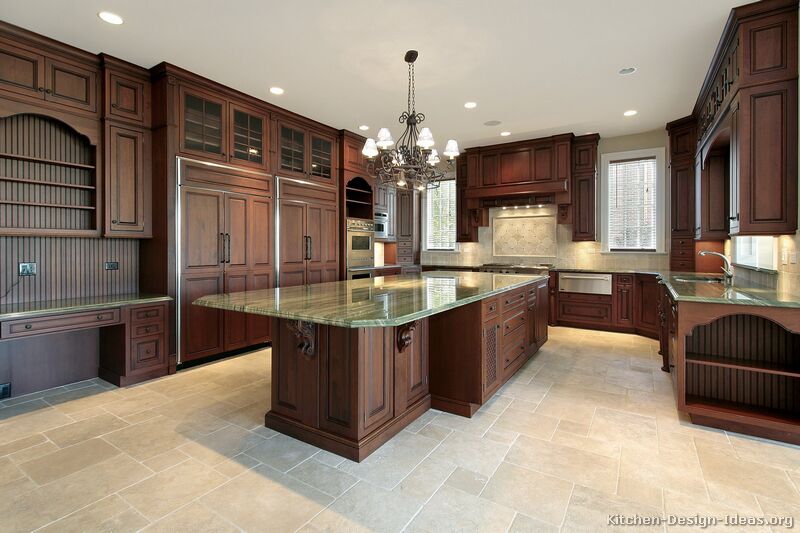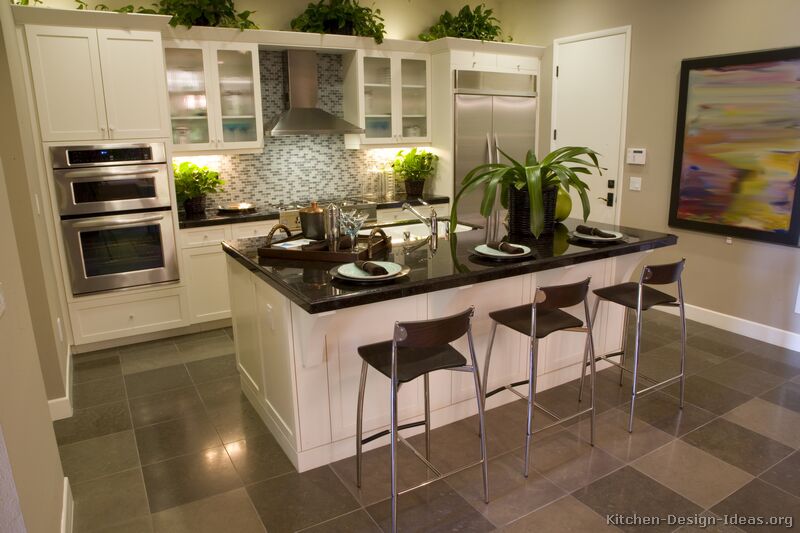Step 1: Decide to Buy
The decision to purchase your first home is one of the biggest and best choices you could ever make. After all, a home is the largest - and most emotional - investment most people will face in their lifetime. So, how do you know if it's the right time for you to buy?
There is never a wrong time to buy the right home. The key is finding the right buy and taking the time to carefully evaluate your finances.
A home purchase is an important step that can provide many advantages. Purchasing your own home is a great investment that can deliver several financial benefits - equity build up, value appreciation, automatic savings plan - not to mention a new sense of pride!
Start looking at your options today. You don't have to know everything. Your Keller Williams agent is ready to help you through every step of the process.
Step 2: Hire Your Agent
When you're looking for a real estate professional to help you, know that above all else, good agents put their clients first. This is your dream, and your agent is your advocate to help you make your dream come true.
A great real estate agent will:
- Educate you about the current conditions of the market.
- Analyze what you want and what you need in your next home.
- Co-ordinate the work of other needed professionals throughout the process.
- Guide you to homes that fit your criteria and budget.
- Negotiate on your behalf to get you the best deal possible.
- Check and double-check paperwork and deadlines.
- Inform and discuss with you, and suggest solutions to solve any problems that may arise.To make the financing process as painless as possible, ask your agent to introduce you to the preferred financing consultant. This professional will work with you and your agent to make sure the financial aspect of your home purchase is stress free.
Step 3: Secure Financing
To make the financing process as painless as possible, ask your agent to introduce you to the preferred financing consultant. This professional will work with you and your agent to make sure the financial aspect of your home purchase is stress free.
What will the consultant do for you?
- Review your current financials.
- Discuss the options available to you during the home purchasing process.
- Guide you to an appropriate price point.
- Negotiate on your behalf to get you the best deal - price, interest rates, loan approval.
- Keep you informed and updated of the entire financial process throughout your purchase.
Step 4: Find Your Home
So you've met with your trusted advisors, and now you're ready to begin your search. But how or where do you start? There are a lot of homes out there, and diving in without a guide can become overwhelming and confusing. Your Keller Williams agent will help you more accurately pinpoint homes that fit your criteria. The right home will meet all your important needs, and as many of your additional wants as possible.
Some questions you might ask yourself include:
- What amenities are crucial for you and your family?
- How much space do you need and why?
- Which is more critical: location or size?
- Would you be interested in a fixer-upper?
- How important is home value appreciation?
- Is neighborhood stability a priority?
- Is accessibility to main routes a priority?
- What features are not negotiable in your new property?
You'll learn as you look at homes, your priorities will probably adjust along the way.
Step 5: Make an Offer
Once you've found a home you love, the next step is deciding on a price. It's important to remember that a home is an investment. Your agent can give you information on other properties in the neighborhood to help you ensure you make an informed decision when it comes to price. Look to your agent to explain and guide you through the offer process.
Some things to consider when deciding on the best price point are:
- List price - Start with the price point that the home is listed at. This will give you a base when looking at the home's value.
- Market Analysis - Your agent will give you an idea of comparable home values in the neighborhood to help you decide if the price point is on par.
- Improvements - Your agent can give you a list of improvements made to the home and help you determine its market value.
Step 6: Perform Due Diligence
Your agent will provide you with improvements and challenges within your home. This way you'll know what you are getting into before you complete the purchase.
Knowing what work has and has not been done to your home is important information to have in the buying process. While updates can increase your home value, damages can take money out of your pocket. Your main concern is the possibility of structural damage, which can come from water, shifting ground or poor construction.
Very often a problem appears to be big, but can be fixed with very little effort and not a huge budget.
Step 7: Close
Once you've determined a price point you're comfortable with, you're in the "home" stretch! But, in order to ensure that you don't put the property purchase at risk, you have a couple responsibilities that you'll need to keep in mind:
- Staying in control of your credit and finances - Do not make any large purchases during this time. It's important to keep your financials steady throughout the buying process. Talk to your financial consultant for guidance.
- Keeping in touch with your agent and financial consultant - It's important to stay in constant communication with your Keller Williams agent and financial guide during this process. Be sure to return all phone calls and complete paperwork promptly. Also, don't be afraid to ask questions. Your team is there to help you!
Step 8: Protect Your Investment
Congratulations, and welcome home! The home-buying process is complete, which means it's time for your maintenance plan! It's now your responsibility, and in your best financial interest, to protect your investment for years to come. Performing routine maintenance on your home's systems is always more affordable than having to fix big problems later. Be sure to watch for signs of leaks, damage and wear.
And remember, just because the sale is complete, your relationship with your Keller Williams agent doesn't need to end! After you buy, your agent can still help you - providing information on the real estate market, finding contractors and repair services, and even tracking your home's current value.
Happy home-owning!















 A desirable area will:
A desirable area will:




 1. Having no pre-arrangements with the bank for mortgages before making an offer is the most popular mistake. Communicate with a bank to know the price range you are capable of paying and other mortgage details that you need to know.
1. Having no pre-arrangements with the bank for mortgages before making an offer is the most popular mistake. Communicate with a bank to know the price range you are capable of paying and other mortgage details that you need to know.
 Pre-Qualification: Meet with a mortgage broker and find out how much you can afford to pay for a home.
Pre-Qualification: Meet with a mortgage broker and find out how much you can afford to pay for a home.










 "Curb appeal is huge, don't pick a paint color that isn't common in your neighborhood or doesn't fit the style of your home." -Pam Baldwin Foarde of Al Filippone Associates/William Raveis
"Curb appeal is huge, don't pick a paint color that isn't common in your neighborhood or doesn't fit the style of your home." -Pam Baldwin Foarde of Al Filippone Associates/William Raveis



 od cabinetry, and period styling. Traditional kitchen islands are often designed to resemble antique furniture to convey a sense of history.
od cabinetry, and period styling. Traditional kitchen islands are often designed to resemble antique furniture to convey a sense of history.












 e for those who want their style somewhere in between.
e for those who want their style somewhere in between.
